Setting up my Example
First of all I am going to use a different example since I want to know what I am supposed to get as a result. My example is a 100x100x100 array containing a ball of radius 50.
I have adopted the code from this answer to plot it.
n = 100
def distance_from_center(x,y,z):
V = np.stack([x-n/2,y-n/2,z-n/2])
return np.linalg.norm(V, axis=0)
ball = np.fromfunction(distance_from_center, (n, n, n), dtype='float')
ball = (ball > 50).astype('int')
Elementary Solution
You can do such a thing in 4 lines of code. So I will do that first before I get more fancy. My first slice is from corner to corner. Like this:
I have marked where I will slice in green.
t = np.arange(n)
slice = ball[t,t,:]
plt.matshow(slice.T, cmap='gray')
plt.gca().set_aspect(1/2**(1/2))
Notice here that I have to set the aspect ratio to one over square root of two since the 50 pixels in the diagonal direction are a longer distance than the 50 in the ordinary direction. The picture looks like expected. There is white space on both sides since the corners of the array provide space for it but we still get a circle.
You can do other cuts like this but you're always thinking about how to get whole number coordinates.
More Sophisticated Solution
The alternative is to just take any coordinates and interpolate between points where you don't hit points perfectly.
import itertools
class Image_knn():
def fit(self, image):
self.image = image.astype('float')
def predict(self, x, y, z):
image = self.image
weights_x = [(1-(x % 1)).reshape(-1), (x % 1).reshape(-1)]
weights_y = [(1-(y % 1)).reshape(-1), (y % 1).reshape(-1)]
weights_z = [(1-(z % 1)).reshape(-1), (z % 1).reshape(-1)]
start_x = np.floor(x)
start_y = np.floor(y)
start_z = np.floor(z)
return sum([image[np.clip(np.floor(start_x + x), 0, image.shape[0]-1).astype('int'),
np.clip(np.floor(start_y + y), 0, image.shape[1]-1).astype('int'),
np.clip(np.floor(start_z + z), 0, image.shape[1]-1).astype('int')]
*weights_x[x]*weights_y[y]*weights_z[z]
for x,y,z in itertools.product(range(2),range(2),range(2))])
image_model = Image_knn()
image_model.fit(ball)
fig, ax = plt.subplots(nrows=3,ncols=3)
ax = ax.reshape(-1)
I am going to give an example using different slices where one direction is the z direction and the other is the one containing the bottom left corner and varying points on the bottom right. First the 3d plot indicating where the cuts will be:
Now I calculate the coordinates for the cuts and plot them. This time I can keep the aspect ratio since I use more points for the direction that is longer. Notice that I put the coordinates of the 2nd point in the heading of the plot.
fig, ax = plt.subplots(nrows=3,ncols=3)
ax = ax.reshape(-1)
for i,x in enumerate(np.linspace(0,100,9)):
p = np.array([0,100])
q = np.array([100,100-x])
distance = np.round(np.linalg.norm(q-p)).astype('int')
t = np.linspace(0,1,distance)
xy = t.reshape(-1,1)*q+(1-t).reshape(-1,1)*p
r,s = np.meshgrid(np.arange(100), np.arange(distance))
x = xy[s][:,:,0].reshape(-1)
y = xy[s][:,:,1].reshape(-1)
z = r.reshape(-1)
out = image_model.predict(x,y,z)
ax[i].imshow(out.reshape(distance, 100).T, cmap='gray',vmin=0,vmax=1)
ax[i].set_title(tuple(q.astype('int')))
